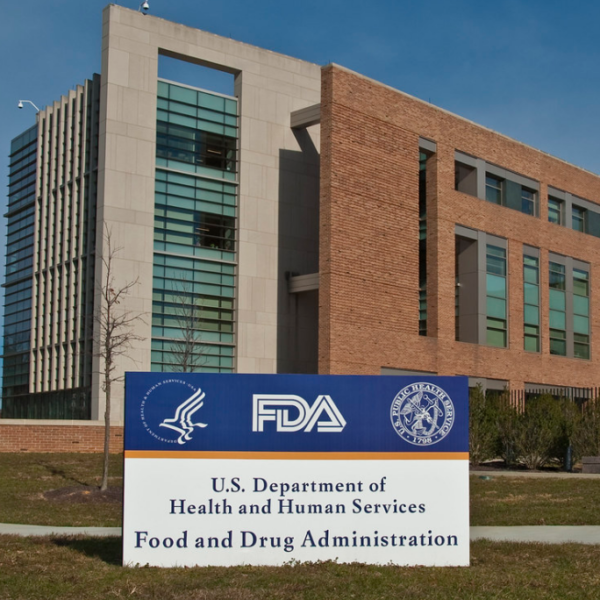The FDA’s AI Guidance and its Seven Steps into the Future of Drug Development
On January 6, 2025, the US FDA released a highly anticipated guidance on the use of artificial intelligence (AI) in drug development. The guidance is centered on potential use of AI models to support regulatory decision making regarding the safety, effectiveness, or quality of drugs. Because such models potentially encompass all disciplines within drug development, this FDA guidance should be of broad interest, and sponsor input across functions will be critical in ensuring the future applicability of the proposed AI approach.
The guidance begins by placing AI model assessment within the familiar context of risk assessment and proposes a systematic Risk-Based Credibility Assessment Framework comprised of seven steps:
- Step 1: Define the question of interest that will be addressed by the AI model.
- Step 2: Define the context of use (COU) for the AI model.
- Step 3: Assess the AI model risk.
- Step 4: Develop a plan to establish the credibility of AI model output within the COU.
- Step 5: Execute the plan.
- Step 6: Document the results of the credibility assessment plan and discuss deviations from the plan.
- Step 7: Determine the adequacy of the AI model for the COU.
Steps 1-3 determine the use of the model in addressing a specific question and assessing model risk. To illustrate these steps, the guidance weaves in two specific examples: a clinical development scenario relating to assessment of risk for an adverse reaction, and a commercial manufacturing example centered on quality attributes. Both scenarios are shown to fit within the proposed risk matrix which maps model risk relative to model influence and decision consequence. The breadth of these examples reinforces both the potential applicability of the guidance across disciplines and the ability to assess seemingly disparate models using the same basic approach. Importantly, the examples provide a good framework for drug development professionals across multiple disciplines to consider how their models might fit into the proposed assessment approach.
Establishing credibility of the model (Step 4) is perhaps the most complicated step and the guidance accordingly goes into detail on expectations for “credibility assessment plans.” These plans will serve as background materials for potential engagements with the FDA. Sponsors planning such interactions should review this section carefully along with the detailed list of engagement options provided at the end of the guidance.
Steps 5 and 6 lay out execution and assessment of the credibility assessment plan, emphasizing the need for a systematic approach culminating in a credibility assessment report. Completion of the credibility assessment report leads to determination of model adequacy for the COU (Step 7). This step brings the assessment process full circle, either affirming that the model is adequate to assess the question of interest within the defined COU and risk framework or necessitating changes in the model, risk mitigation strategy, and/or credibility assessment.
The guidance also covers life cycle maintenance considerations unique to AI models, emphasizing the need for strong change management process to ensure credibility of these models over time. The level of detail of these processes should be commensurate with model risk.
Lastly, the FDA guidance stresses early engagement both in the context of standard formal meetings and engagement options specific to AI models. The latter category of engagement options is helpfully defined in a table and organized by the intended use of the model. Sponsors planning to develop AI models should review this table carefully to determine the most appropriate interaction pathway to expedite model development. According to MMS Director of Regulatory Strategy, Dr. Amanda Beaster, “It is crucial to educate and seek input from the FDA at various stages of an AI-supported activity. Being at the forefront of drug development often brings unforeseen challenges. Therefore, sponsors aiming to adopt innovative or cutting-edge approaches must thoroughly prepare and communicate effectively with the FDA. Failing to do so may lead to a point of no return, where fundamental disagreements on key aspects of the approach could negate a substantial effort at great cost to the developers.”
With its emphasis on risk mitigation, assessment plans, and change management, the FDA guidance on AI succeeds in placing a complex technology within a framework that will be familiar drug to development professionals across disciplines. MMS Manager of Regulatory Strategy Ritchie Patton notes, “The FDA seems to be embracing AI with the mentality that flexibility drives progress. The FDA’s risk-based approach to AI ensures innovation thrives while safeguarding drug development standards.”
Input across all functions will be of critical importance in ensuring continued flexibility. Interested parties should note that public comments on the guidance are due within 90 days of the January 6th guidance release date.
As a data-focused CRO, MMS has the experience to ground new technology and approaches within existing frameworks and processes to bring out the best of both. Possible collaborations include the following:
- Creating rigorous credibility assessment plans and reports that draw on the knowledge of our data science, medical writing, and regulatory teams.
- Helping sponsors prepare for early Agency interactions through formal meetings and AI-specific engagements.
- Partnering with MMS quality and compliance teams to establish strong change management processes.
Please contact MMS here for further information on how we might assist you in pursuing a successful AI model.
Review the news FDA guidance on AI in drug development.




